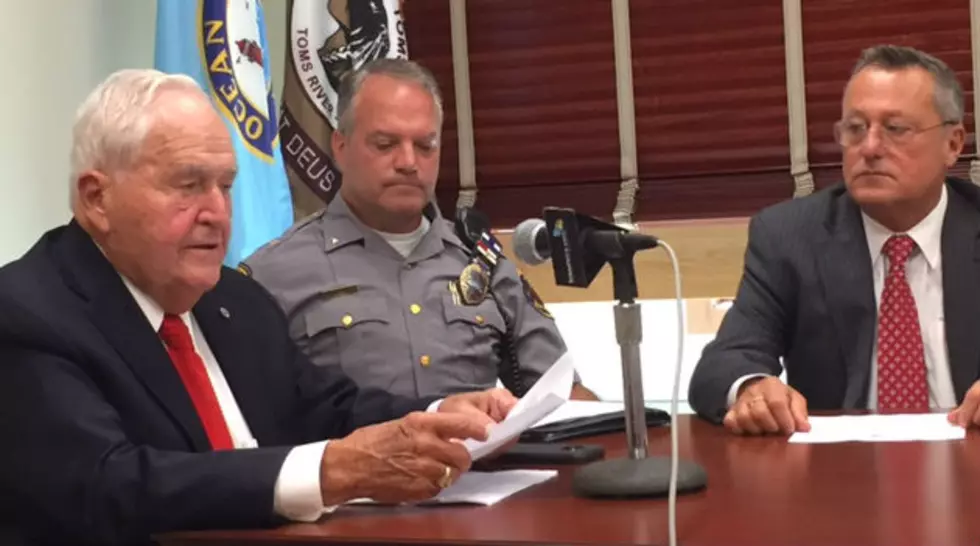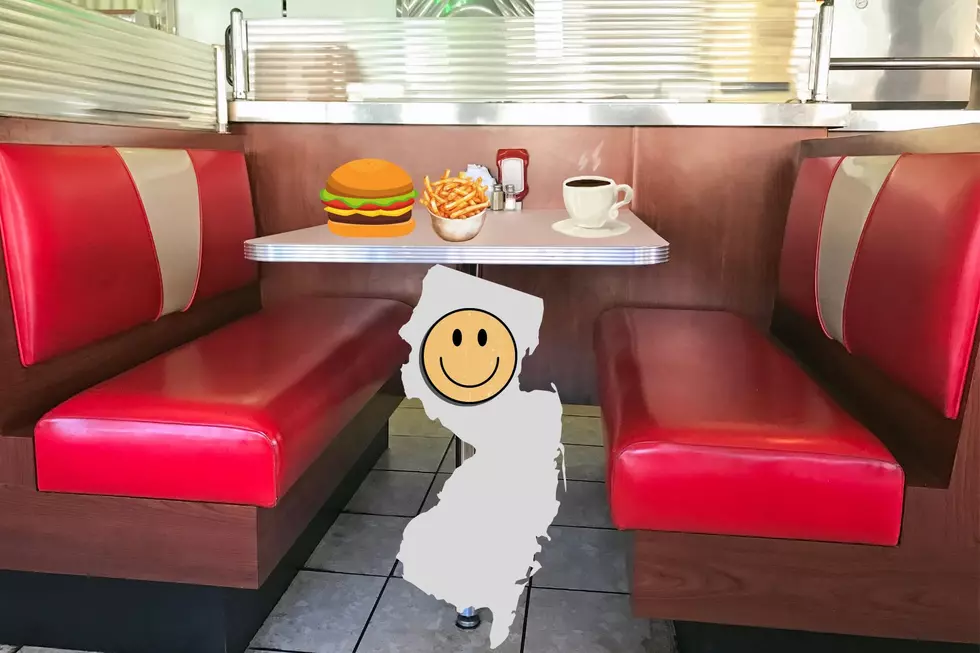
Toms River officials join emerging opiate manufacturer litigation
While Toms River police struggle to stay afloat in the ocean of raw and doctored heroin, and prescription pills, that are killing residents regularly, township officials go to the other end of the spectrum to try and narrow, if not close, the floodgates.
The Township Council, in a resolution adopted Tuesday, have engaged the services of two high-powered law firms that are developing litigation aimed at pharmaceutical manufacturers who, they contend, knew the addiction consequences of their products but disregarded them in favor of profits.
Washington DC-based Motley Rice LLC, and New Jersey-based D'Arcy Johnson Day, which maintains a Toms River office, have already enlisted New Hampshire, South Carolina, Alaska, as well as Santa Clara County, California, Albany County, New York, and Summit County, Ohio, and the city of Chicago, IL, as plaintiffs in the coming legal action.
The firms are taking no fees, but will share in any settlement money that the plaintiffs are awarded, assuming that the lawsuit succeeds.
How that money would be spent in Toms River has yet to be determined, but Mayor Thomas Kelaher pointed out that in Ocean County, the opiate overdose death rate exceeds the amount of beds available in treatment centers.
The Mayor said that the representatives of Motley Rice contacted the township, aware of its spiraling narcotic-related death rate, and confirmed his worst suspicions about the marketing of opiates.
"They have found that from Day One, these manufacturers have known that this has been addictive," he said. "They concealed it, they never made that known to the doctors. Their sales representatives touted all of the benefits without, ever once, talking about the hazards of it." He added that corporate discussions pointed toward broadening the customer base to include sufferers of arthritis and similar maladies.
The problem accelerated, the Mayor continued, as young athletes obtained prescriptions, and had no means to apply the brakes to a steep downhill slide.
"When the treatment was over, they were addicted," he said. "They couldn't afford to continue the purchases. So they went to heroin, which was a lot cheaper...Heroin is a curse on our society..We have welcomed the offer of this law firm, to name us as a plaintiff, to at least show that we're making some effort to fight this."
In Toms River alone, the 49 overdose deaths recorded last year more than doubled the 22 of 2015, according to Police Chief Mitch Little, who added that his officers alone conducted 221 Narcan saves in 2016. The Mayor and the Chief reported that, just prior to their Thursday morning meeting with reporters, a 27-year-old township woman died of a drug overdose in the township.
"It's here, it's all over. It knows no boundaries of ethnicity, race, economics," Kelaher said, pointing out the sobering number of obituaries involving people not yet 30 years of age. "When you start seeing, every day, young people dying suddenly, that's a tragedy for their family."
Township Council President Al Manforti, a chiropractor with a longtime practice on Lakehurst Road in Toms River and a lifelong township resident, said that while he was a High School South student, overdoses and addictions were remote, rare, "dark and seedy" concepts.
"Now, if affects every corner of our society," Manforti said. "It doesn't matter what race, what religion...it doesn't matter whether you're rich or poor. It's to the point, now, where everybody knows somebody who's been affeced by this terrible epidemic."
Understanding the commercial pain management channels informs his view. "Doctors are going by what the drug representatives and the drug companies are telling them," he said.
"The drug companies know the makeup of these opioid medicaitons. The drug reps go out to the doctors, do their sales pitch. They make a commission. And that's where the problem lies. It's all about profits, it's all about market shares, it's all about making a lot of money. And it's at the expense of our kids."
Opiate addiciton is consuming ever-increasing amounts of police time and resources, Chief Little said, as he recounted the data of overdose deaths and Narcan rescues, which didn't include figures for emergency medical responders and paramedics.
"We have 10 officers assigned to do nothing but narcotics investigations," he said. "Three of them are assigned directly to the DEA (Drug Enforcement Administration). One of those officers has chased cases back to China and Afghanistan, and has brought to this town more than $2,000,000 in seizure money. That's how much is going on out there."
What has him more on edge is that the worst part of the year for drug overdoses hasn't yet arrived. "Those are the holidays," Little said. "The fall, and the holidays, are when we get hit the worst."
The litigation is one component in a larger spectrum for police, Little said. "Some doctors are abusing their authority and over-prescribing. There are people who doctor-shop, and go to those certain doctors who over-prescribe." He adds to that people who keep opiates in the house, which leaves them open to exposure to children and thieves. These are among the reasons that Toms River joined the DEA's drug take-back program.
"We take in 2,000 pounds of prescription medications a year, just in my police department, in our lobby," he said. They also visit neighborhoods and living communities to collect unneeded pills.
Little noted the good intentions of the Overdose Prevention Act, which allows someone involved in drug use to avoid culpability by reporting an overdose. "But we're missing a piece. There are no consequences anymore. After this person is [hospitalized], treated and released, they have a choice: Do they want to go out and do more heroin...or go for treatment. And, more often than not, they choose to go back on the street. We deal with these people two or three times on the same day. One of those times, they're not going to make it. And that's the problem."
Little advocates refinement of pre-treatment observational recommendations, to pinpoint users who can be characterized as dangers to themselves, with an option for mandatory rehabilitation.
Manforti added that Community Medical Center's conversion to an oxycontin-free facility affects ambulance workers. When patients looking for opiates learn that they are headed to Community, he said, some try to direct the ambulance to a hospital that supplies the opiates.
The litigation has no time frame attached. Kelaher admitted that discovery might entail years in itself.
More From 92.7 WOBM









